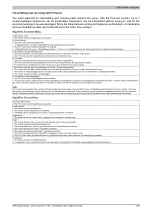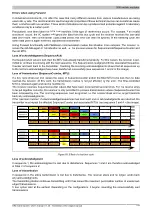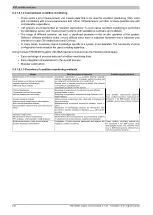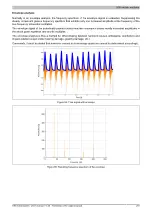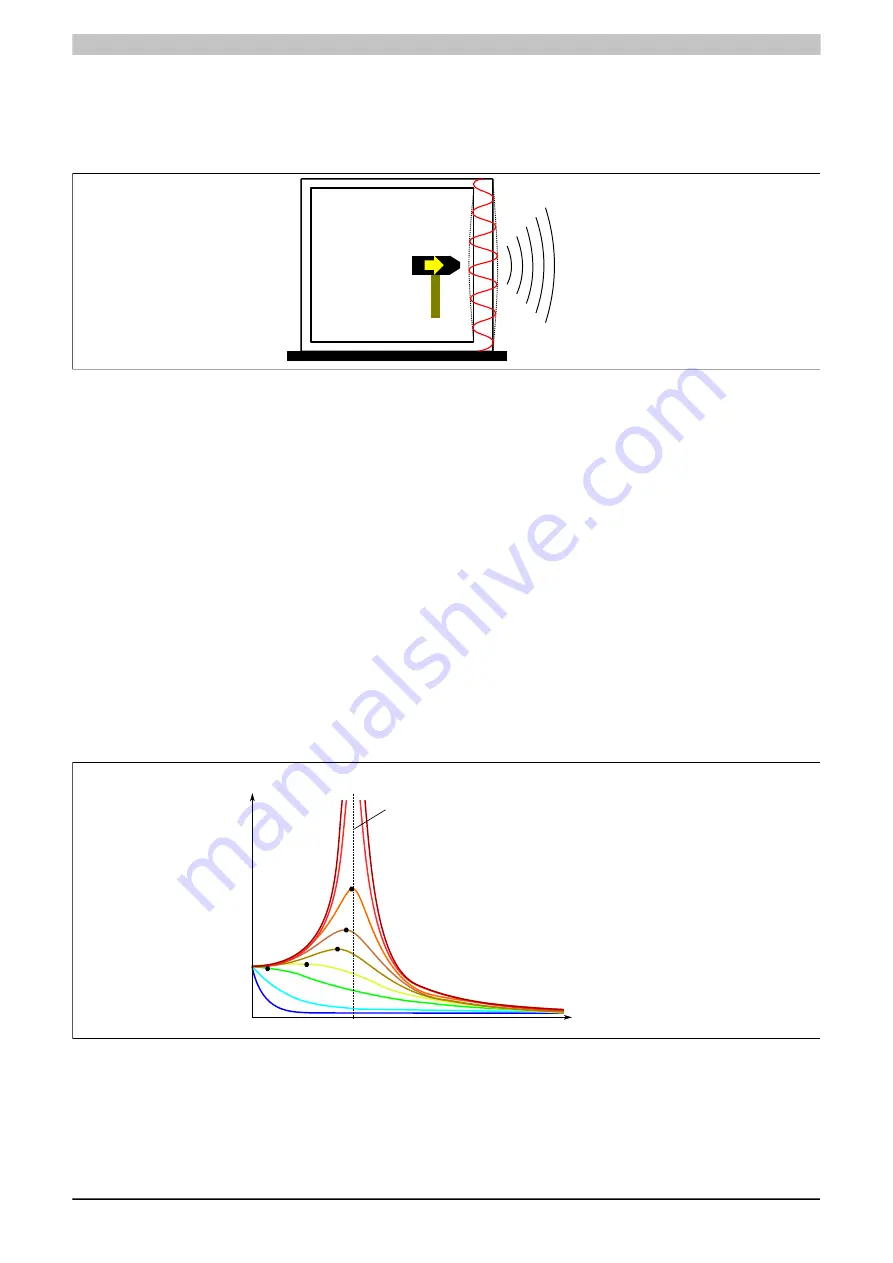
X90 mobile modules
X90 mobile system User's manual V 1.20 - Translation of the original manual
239
If a fixed medium is stimulated by an impact, structure-borne sound spreads throughout it. This consists of additional
frequencies which are determined by the shape of the structure and the material it is made from (e.g. gong or
concrete block).
A portion of the structure-borne sound energy is converted into airborne sound through the surrounding atmos-
phere.
Structure-borne sound
Airborne
sound
Figure 69: Propagation of structure-borne sound
The measurement and subsequent analysis of the mechanical oscillations on stationary and rotating parts of ma-
chines, support structures and pipelines has become accepted as technically possible with practically applicable
monitoring procedures.
The absolute bearing oscillation is measured on the housing of the machine and involves the movements of the
housing in relation to a fixed reference point in the room.
Mechanical oscillations are a good parameter for detecting initial defects and damage and can be used for machine
diagnostics.
There are numerous overlapping causes for oscillations. The size (amplitude) of the oscillation depends on several
factors such as attenuation through joints or grease, the rigidity of the component, the housing and foundations
and much more.
Damage is always a consequence of stress. If cyclic stress occur, it can be identified by its excitation frequency
and intensity.
Resonant frequency
Every machine has what are known as resonant frequencies. These must be observed during operation since
with these frequencies the amplitude of the oscillation increases dramatically, putting strain on the mechanical
components. If harmonic oscillations occur for a long time in proximity to the resonant frequency, this can lead to
a so-called "resonance catastrophe", which causes the destruction of the affected part.
Amplitude
(ω)
ω
0
Resonant frequency
Frequency
Figure 70: Increase of the amplitude in proximity to the resonant frequency

